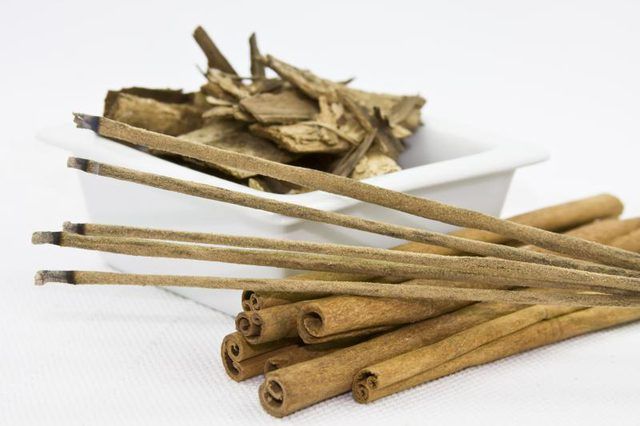Bulbs
Flower Basics
Flower Beds & Specialty Gardens
Flower Garden
Garden Furniture
Garden Gnomes
Garden Seeds
Garden Sheds
Garden Statues
Garden Tools & Supplies
Gardening Basics
Green & Organic
Groundcovers & Vines
Growing Annuals
Growing Basil
Growing Beans
Growing Berries
Growing Blueberries
Growing Cactus
Growing Corn
Growing Cotton
Growing Edibles
Growing Flowers
Growing Garlic
Growing Grapes
Growing Grass
Growing Herbs
Growing Jasmine
Growing Mint
Growing Mushrooms
Orchids
Growing Peanuts
Growing Perennials
Growing Plants
Growing Rosemary
Growing Roses
Growing Strawberries
Growing Sunflowers
Growing Thyme
Growing Tomatoes
Growing Tulips
Growing Vegetables
Herb Basics
Herb Garden
Indoor Growing
Landscaping Basics
Landscaping Patios
Landscaping Plants
Landscaping Shrubs
Landscaping Trees
Landscaping Walks & Pathways
Lawn Basics
Lawn Maintenance
Lawn Mowers
Lawn Ornaments
Lawn Planting
Lawn Tools
Outdoor Growing
Overall Landscape Planning
Pests, Weeds & Problems
Plant Basics
Rock Garden
Rose Garden
Shrubs
Soil
Specialty Gardens
Trees
Vegetable Garden
Yard Maintenance
How to Care for Michelia Alba
How to Care for Michelia Alba. Grown for its intoxicating fruity fragrance, the white champaca or white champak tree (Michelia x alba or Magnolia x alba) is native to China, India and Southeast Asia and perennial in U.S. Department of Agriculture plant hardiness zones 10 through 11. Also called white sandalwood and white jade flower, it can claim...

Grown for its intoxicating fruity fragrance, the white champaca or white champak tree (Michelia x alba or Magnolia x alba) is native to China, India and Southeast Asia and perennial in U.S. Department of Agriculture plant hardiness zones 10 through 11. Also called white sandalwood and white jade flower, it can claim as one of its parents the orange-flowered champaca, (Michelia champaca, USDA zones 10 through 11), often known as the Joy perfume tree due to its inclusion in that fragrance. Where it isn't hardy, white champaca can be kept in a container and brought indoors during winter.
White Champaca's Visuals
Although it reaches greater heights in its native lands, white champaca usually doesnít grow taller than 20 feet in the U.S., 4 to 8 feet if it is confined to a container. With glossy, evergreen leaves up to 10 inches long, it can begin blooming when only 2 to 3 feet tall and produces 3-inch white flowers in its leaf axils virtually year-round. The tree grows best in full or partial sun, in a location where the soil is rich and moist, with a pH between 5.6 and 6.5.
White Champaca's Verdure
Make sure your outdoor white champaca receives an average amount of water -- about 1 inch per week -- and help retain that moisture by covering the ground around the tree with 2 to 4 inches of mulch, kept at least 3 to 5 inches away from the trunk. For a potted plant, water whenever the surface of the soil feels dry to the touch. Take care that the soil doesnít become soggy in winter, when the tree's roots are most susceptible to rot, and allow the plant to become slightly root bound before you repot it into a container no more than 2 inches larger in diameter than the old one. You can use a well-drained potting soil or a combination of 2 parts perlite, 1 part potting soil, and 1 part peat moss.
White Champaca's Vittles
Feed your outdoor white champaca in fall with a slow-release organic fertilizer intended for acid-loving plants, such as 6-4-4. Scratch the fertilizer into the soil around the tree, applying 1/2 cup for every 2 feet of its height. If a container champaca is standing in a sunny spot outdoors, you can fertilize it every time you water from late spring through mid-fall, using 1 tablespoon of fish emulsion and 1/2 teaspoon of a 20-20-20 plant food for every gallon of water. A plant kept indoors all year can be fertilized once a week from spring through fall with 1/2 teaspoon of a 15-15-15 plant food dissolved in 1 gallon of water. In either case, stop fertilizing during the winter, and bring a container tree indoors when temperatures threaten to drop below 40 degrees Fahrenheit.
White Champaca's Vermin
White champacas generally donít suffer from disease and seldom require pruning. As for insects, outdoor plants are most likely to be bothered by the brown bumps of scale and indoor plants by the wooly specks of mealy bugs. To kill either type of pest, add 5 tablespoons of horticultural oil -- or whatever amount is indicated on the label -- to 1 gallon of water. Wearing goggles, a respirator and protective clothing to shield your eyes, lungs and skin, spray your tree thoroughly with the solution in early morning. Spray it again once every two weeks for two months to make sure that you have eliminated the problem.